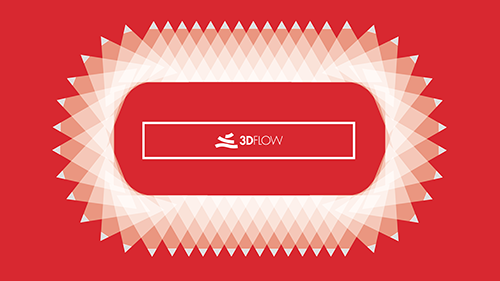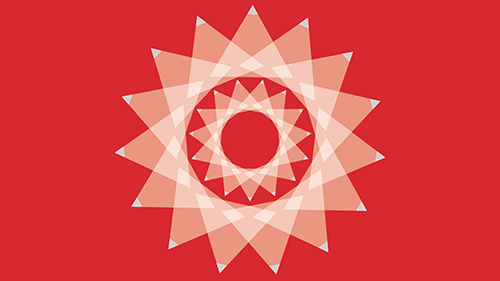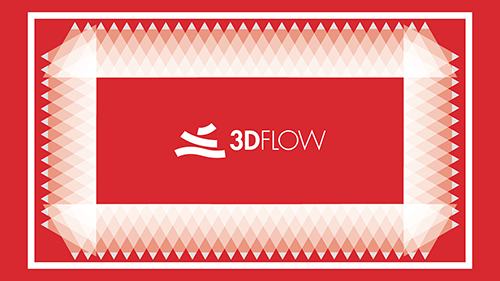Photography Guide

In this section we will list some tips to obtain good reconstructions. 3DF Zephyr is completely automatic but does require some forethought to produce the best results.
Camera sensors.
Please bear in mind when picking your gear:
- camera performance is not determined by its megapixel resolution;
- high-end cameras do not always lead to better results;
A good camera must allow full light management in order to control each exposure value. That is why DSLR cameras (colloquially also referred as "reflex") are usually recommended even though also mirrorless cameras and bridge cameras can fulfill that need.
The camera sensor is the crucial factor and the following hints may be helpful:
- Pixel size must be higher than 2 µm; therefore it is strongly recommended to use a camera with a sensor bigger than 1/2.3" even though smaller sensors may be used depending on the accuracy you want to reach;
- Pay attention to pixel size rather than pixels count for each picture. For instance, if a 36 megapixel full-frame reflex (35.9 x 24 mm) is being used it is advisable to shoot at a lower resolution than the maximum provided. It is better to get bigger pixels in the images even though fewer;
Lenses.
Every survey has its own features and conditions so choosing the most suitable lens depends on both environmental conditions (light, obstacles on field, user movement capability) and features of the survey subject/scene. The following tips are provided to pick the proper photographic gear:
- Full-frame cameras: use lenses with a focal length between 25 and 50 mm;
- Cameras equipped with an APS-C sensor or with a lower sensor size: use lenses with focal length values between 18 and 35 mm, considering a crop factor value between 1.5 and 1.6;
It is strongly recommended to keep shooting the same focal length for all the pictures you take. Even if Zephyr can handle several kind of cameras and lenses at the same time and in the same project, you can get better and faster results if working with a consistent set-up;
Shooting techniques.
The techniques for capturing images need to be adapted depending on the subject matter and situation. Below are some suggestions for common situations.
Parallel axis capture

Use this technique with planar or regular surfaces in application fields such as architecture and aerial photogrammetry. White triangles indicate the camera positions and their field of view.
Convergent axis capture

Use this technique when it is possible to move around the subject/scene
Interiors capture

Use this technique when capturing interiors.
If a small or medium size object is to be fully reconstructed it is possible to keep the camera in a fixed position (on a tripod for instance) and to put the object on a turntable. Then 3DF Masquerade will enable the background in the pictures to be hidden.
General rules.
- Keep the subject in the center of the frame;
- Avoid direct light sources that may cast shadows and hide surface areas;
- Avoid high ISO values since the noise may adversely affect the Structure from Motion phase in Zephyr;
- Keep high aperture values (f/8 - F/16) when possible, as it helps get a wide depth of field on pictures;
- Avoid blurry photos. Using good quality cameras as well as having good lighting setup can help. Consider also using a tripod if necessary.
- Have lots of overlap between each photo (70-80%). This is probably the most important tip. Shoot as many photos you can. Each part of the scene you're shooting should appear in at least three separate views taken from different locations. This is a minimum requirement, taking more photos will probably improve the final results.
- Limit the angles between photos. When moving around objects, try to keep the angle between each photo very low.
- Shoot scenes with lots of detail and texture. The visual texture in the photos is what ties them together. 3DF Zephyr does not work well with uniform or highly repetitive texture and does not work at all with specular or transparent objects. You can, however, mask out certain areas using 3DF Masquerade (bundled with 3DF Zephyr).
- Don't try to adjust lens distortion as that error is quite essential during the first phase of Structure from Motion;
- Even if 3DF Zephyr can deal with different cameras or lenses within the same dataset, you will obtain better results by using the same camera with the same focal length.
- The more photos you take, the better results you will get: having redundant information will help Zephyr.
Remember that you can use the Image Quality Index inside Zephyr to check the status of the pictures you are working on.